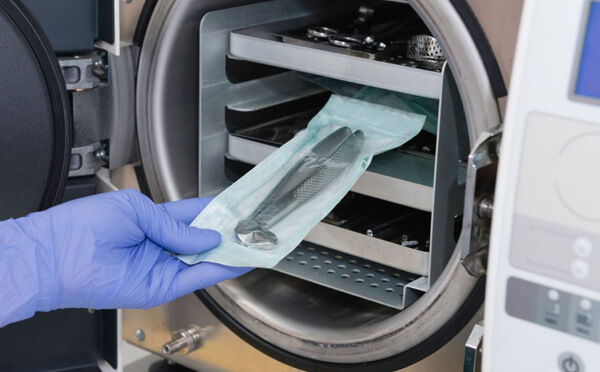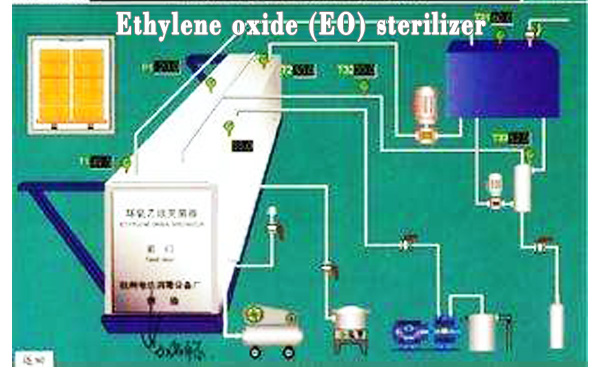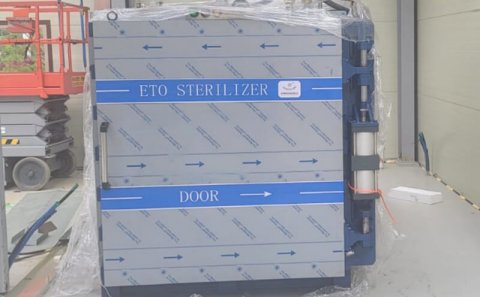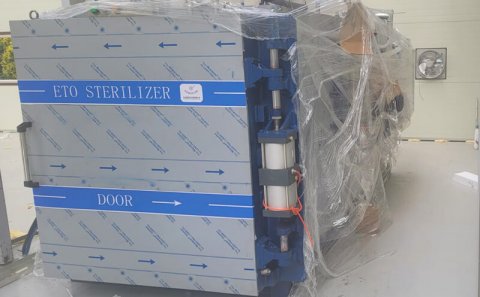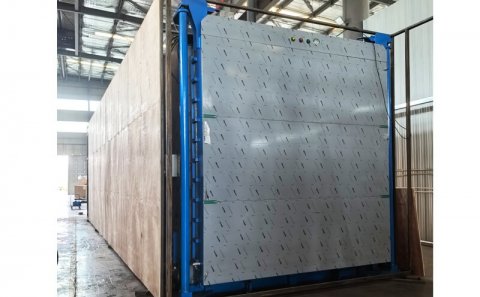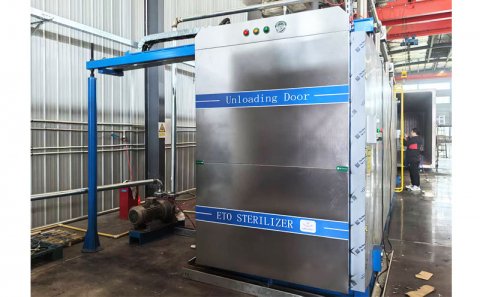What is dry heat sterilization?
Dry heat sterilization refers to the technology of sterilization in a dry environment (such as flame or dry hot air). Generally, there are flame sterilization and dry hot air sterilization. Suitable for dry powder, Vaseline, grease, etc.
What does dry heat sterilization include?
It includes dry hot air sterilization and the flame burning sterilization. The bacteria are killed by the dry heat method to achieve the purpose of sterilization.
This method is applicable to the sterilization of dry powder, vaseline, and grease, as well as the sterilization of glassware (such as test tube, plate, pipette, syringe) and metal utensils (such as steel pipe, needle, camera, scissors, etc.) for determining potency
Dry heat sterilization
Dry heat sterilization
In the dry state, the propagules of bacteria can be killed at 80 ℃ ~ 100 ℃ for 1 hour, and the spores need to be heated to 160 ℃ ~ 170 ℃ for 2 hours before killing. The methods of dry heat sterilization are:
-
1) incineration: burning is a thorough sterilization method with great destructiveness, which is only applicable to waste articles or animal corpses;
-
2) burning: direct flame sterilization, which is suitable for sterilization of metal instruments (tweezers, scissors, inoculation ring, etc.), glass tube mouth and bottle mouth, etc.;
-
3) dry baking: in the hot air When heated to 160 ℃~ 170 ℃ for 2 hours, all microorganisms including spores could be killed. It is suitable for high-temperature-resistant glassware, porcelain, glass syringe, etc.;
-
4) infrared: it is an electromagnetic wave with a wavelength of 770nm-1000 μ m, and the thermal effect of 1 μ M-10 μ m is the strongest. The infrared thermal effect can only be produced on the irradiated surface, can not make the object evenly heated, commonly used in the sterilization of bowls, chopsticks, and other tableware;
-
5) microwave: the electromagnetic wave with the wavelength of 1mm ~ 1000mm are collectively referred to as a microwave, which can penetrate glass, plastic film, and ceramics, but can not penetrate the metal surface. The thermal effect of the microwave oven is not uniform, and the sterilization effect is not reliable. It is used for the disinfection of non-metallic instruments and tableware.
Sterilization with high temperature dry hot air
This method is suitable for the sterilization of high-temperature resistant glass and metal products, grease (such as oily ointment mechanism, injection oil, etc.), and high-temperature resistant powder chemicals, but not suitable for rubber, plastic, and most drugs.
In a dry heat state, because of the poor heat penetration and the strong heat resistance of microorganisms, sterilization can be achieved only by long time exposure to high temperature. Therefore, the temperature of the dry hot air sterilization method is generally higher than that of the wet heat sterilization method. In order to ensure the sterilization effect, the general provisions are as follows: sterilization at 135-140 ℃ for 3-5h; sterilization at 160-170 ℃ for 2-4h; sterilization at 180-200 ℃ for 0.5-1h.
Oct 30, 2020
view: 1884
Sterilization equipment shall comply with the applicable safety standards. Validation,IQ,OQ,PQ, The purpose of validation is to demonstrate that the sterilization process established in the process definition (see Clause 8) can be delivered effective...
Read More
Jun 17, 2025
view: 1147
45 cubic eo sterilizer FAQ 1.Internal volume not less than 40 m3 (please provide two options: standard dimension vs customized dimension to full utilise our available space). A: Yes, we provided two schemes, one is a 47m3 sterilizer and the other is...
Read More

